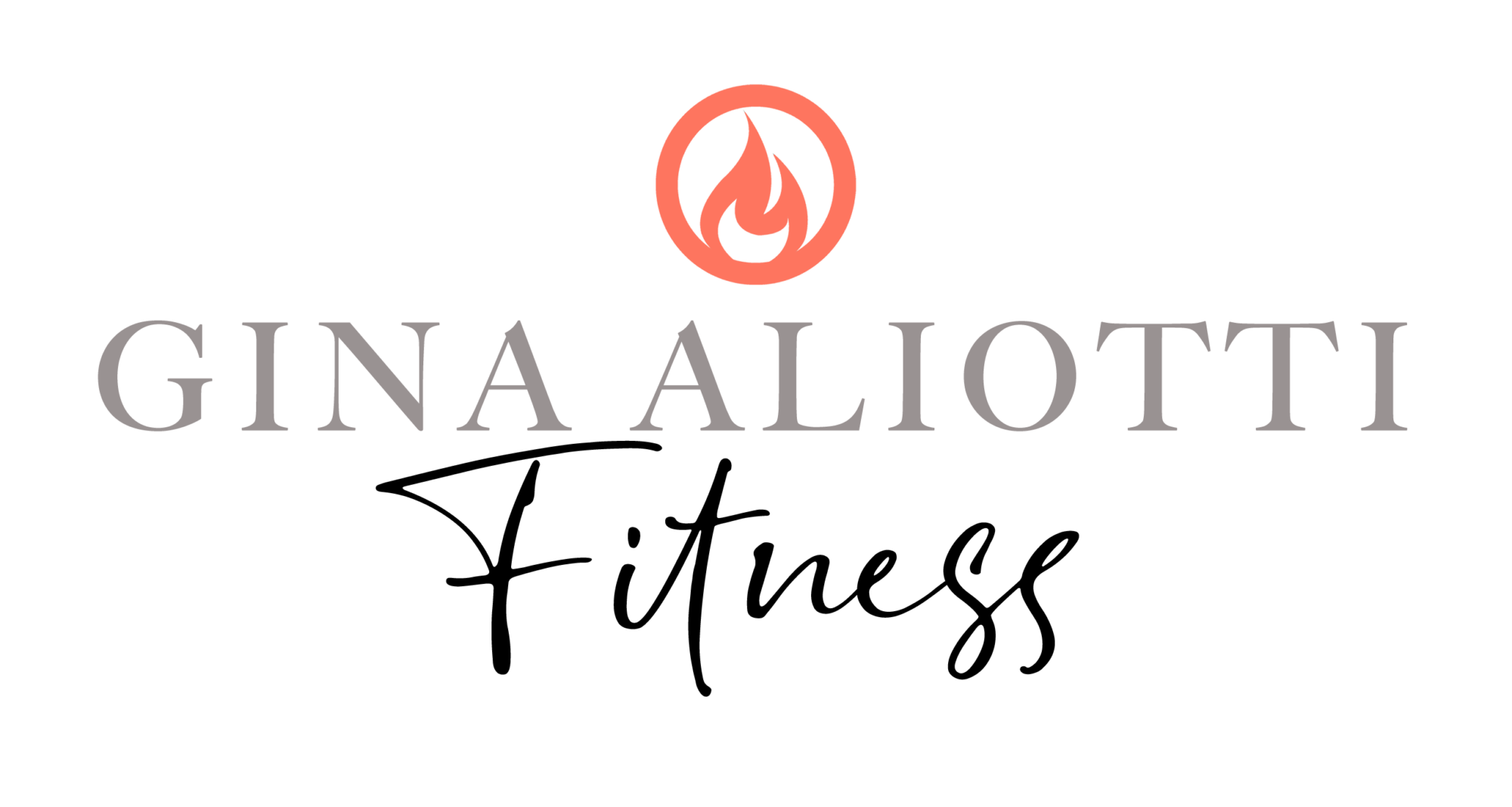The media promotes dairy products and convinces many people that we must consume dairy in order to get the calcium that we need. However, I disagree and actually see problems with consuming too much dairy! Many people hear the positive things about dairy but not too often do you hear the other side of the coin.
Dairy has been known to cause physical symptoms in many people, especially those who are lactose intolerant or have an allergy to milk proteins. Some of these symptoms include weight gain, lethargy, sinus problems, digestive issues, skin problems and migraines. Have you been noticing a change in your skin or digestive issues? This could be from your consumption of dairy!
There are also many research studies that have found a dairy connection in illnesses such as diabetes, some types of cancer, heart disease, high cholesterol and others. Dairy is mucus forming, which can cause health issues.
Pasteurization doesn’t always kill all of the bacteria and viruses found in milk, which are directly transferred to you from the cow’s diet. Additionally, the heating process used in pasteurization destroys the live enzymes and decreases a lot of the original calcium found in the milk, which is most of the reason you are drinking it, right?
Although there are some people who don’t have a negative reaction to dairy, for those who aren’t sure, a simple dairy-free two-week test can show you whether dairy has any impact on your health or how you feel. If dairy is not the root of your digestive issues or dietary problems, of course consuming dairy within moderation is key!
There are actually many other foods that contain significantly more calcium than milk products such as almonds, hazelnuts, Brazil nuts, pistachios, amaranth, quinoa, sunflower seeds, garbanzo beans, black beans, parsley and all sea vegetables (some containing 10-13x the calcium found in milk). If you follow my lead and eat unlimited veggies we eat, you should be above our daily recommended amount for calcium, no doubt!
The good news is that there are some fabulous dairy substitutes that, in my opinion, taste even better then the original dairy products themselves. Nuts (which contain more calcium then milk as mentioned above) are often used to produce dairy-like flavors and textures in milk, butter, cheese and even ice cream. Although you can buy these products at a natural supermarket, both nut milk and nut butter are extremely easy to make at home. Here are a couple quick recipes for you to try.
Nut Milk:
1 cup of organic almonds (or any nut) soaked overnight in water
4 cups of water (you can add less if you like a thicker consistency)
1/8 tsp of sea salt (optional)
2 Tbsp of agave nectar or honey OR stevia (optional)
1 tsp of vanilla (optional)
Drain and rinse the almonds. The soaking removes the enzyme inhibitors, activating them (so that they are alive again and can sprout) and making them more digestible. Next put everything into a high-speed blender and blend on high for about a minute. Finally, drain the milk mixture through a nut seed bag (available at natural health food stores) or other type of mesh bag to separate the pulp. After wards you can freeze the pulp and use it in deserts if you’d like. Nut milk keeps for about 3 days in the refrigerator.
Nut Butter:
2 cups of dry organic almonds (or any nut)
3 Tbsp of olive oil
¼ tsp of sea salt (optional)
1 Tbsp of agave nectar or honey or Stevia (optional)
Blend nuts and salt in a food processor using a S-blade. Once processed, slowly add the oil while the processor is running, 1 Tbsp at a time until the desired texture is achieved. Nut butters can last a month or two in the refrigerator.
CHECK OUT MY VIDEO ON HOW TO MAKE HOMEMADE ALMOND MILK

